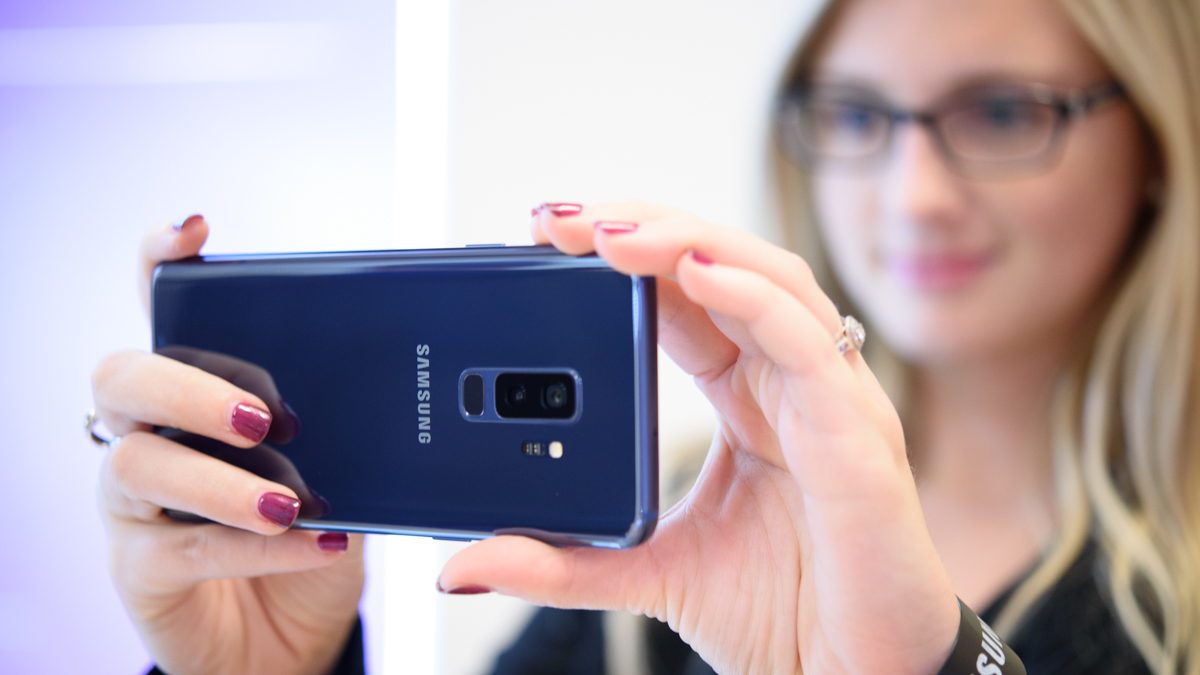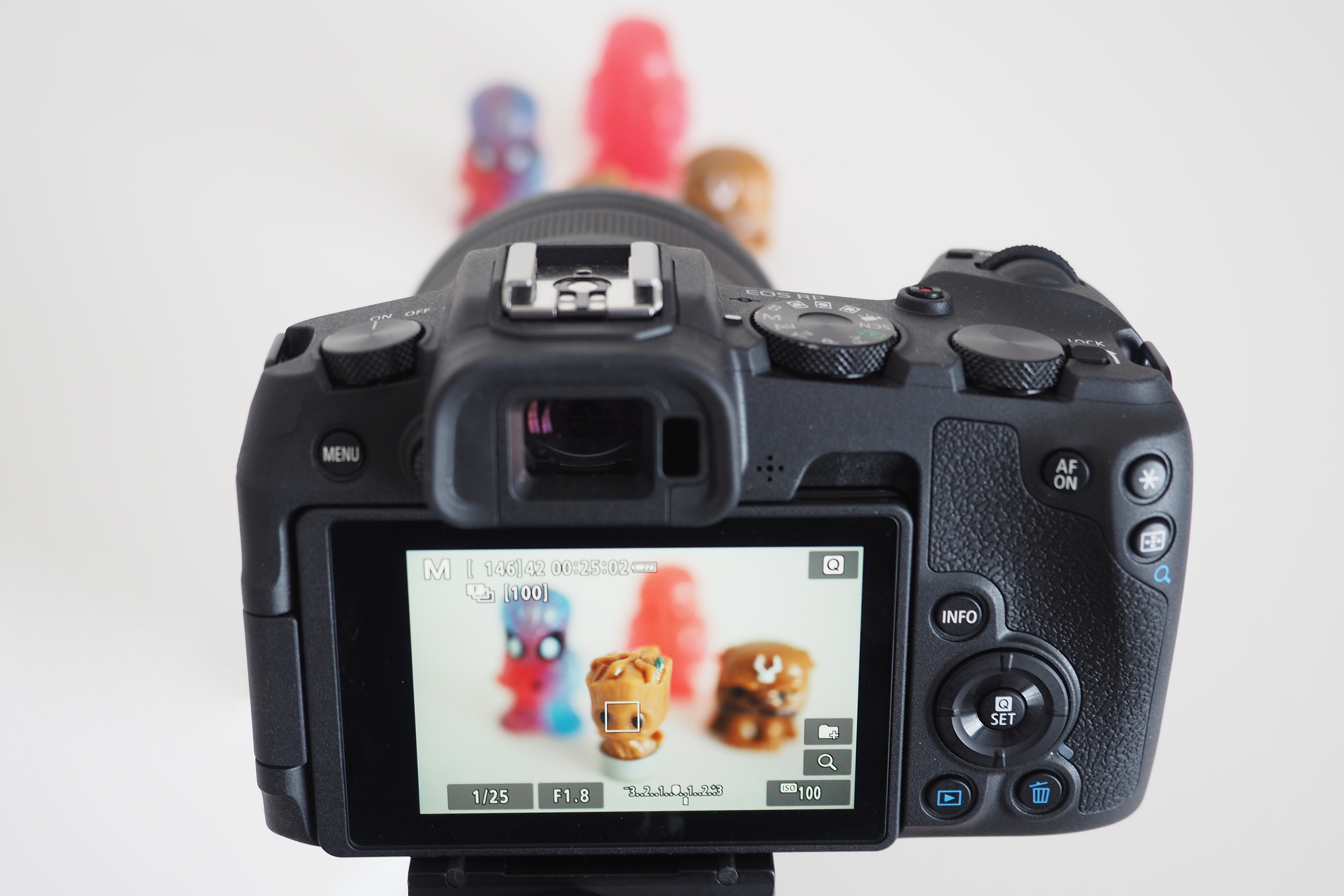What makes a good vlogging camera?
Want a good vlogging camera? It's not as straightforward as you think! Here's what to look for – from a (former) vlogger

People often ask me what makes a good vlogging camera, a) because I'm the editor of a camera website, and b) because I used to vlog. Yes, for about a year I was one of those folks zooming about the place pointing a camera at myself and talking inanely while onlookers gave me funny glances.
Still, both of these facts have given me a pretty good idea of what makes a good vlogging camera. It's one thing for a camera reviewer who's never actually vlogged to tell you what's important to look for, but it makes a real difference to have some actual experience shooting (not to mention editing) a vlog. You can watch me make a fool of myself below:
My vlogging skills may be suspect, but my time as a vlogger really gave me an insight into what's actually important on a camera intended for content creation, as opposed to regular video or stills work.
So here's a quick rundown, in my own experience, of what a good vlogging camera should look like.
1) Camera or phone?
Here's the first thing: do you actually need a 'proper' camera, or will your phone do the trick? The answer lies somewhere in-between.
The truth is that best camera phones are, strictly speaking, everything you need to vlog with. And, indeed, the same goes for the best action cameras. They shoot great quality video automatically, without you having to fiddle with codecs or formats, the built-in microphones are very good, and there are editing apps on your phone so you don't even have to transfer the files.
Of course, there are limitations. Selfie cameras on phones have limited focal lengths, (which often distort you), your lens options are fixed and limit your creativity, effects like depth of field are beyond your control, automatic settings mean you're slave to the whims of the handset…
The best camera deals, reviews, product advice, and unmissable photography news, direct to your inbox!
And this is where the best cameras for vlogging come in. Which is where we'll pick things up for the rest of this list.
2) Stabilization
There no doubt that the best gimbals give the smoothest footage and cleanest camera movements. But you know what? They're a pain to set up, they're an extra thing to carry, and to be honest when you're sat in the back of a Jeep cruising through the planes of Africa they're the last thing you want to faff about with.
To me, in-body image stabilization (IBIS) is absolutely vital for a good vlogging camera. Which is where a new camera like the Nikon Z30, despite being marketed to vloggers, falls short.
It's also worth remembering that not all IBIS is created equal. Sony makes a big deal of its 5-axis stabilization, but it's very poor – particularly on full frame bodies. By far the best IBIS in the business belongs to Olympus (which is why I typical vlog using Oly / OM System bodies), followed by Panasonic. However, the latter comes with a big caveat…
3) Autofocus
This one seems so obvious, but it's arguably the single most important thing that makes a good vlogging camera – and it's the one thing that Panasonic always gets wrong.
Having reliable autofocus means having the right AF system – and that's a hybrid between contrast detect and phase detect. Tragically, Panasonic clings to its DFD (Depth From Defocus) contrast system, which results in hunting and pulsing that leaves subjects flitting in and out of focus. And this is true of any contrast-only system.
A pure phase detect AF system isn't the answer, either. Early tests of the phase detect-only Fujifilm X-H2S, for example, report similar issues maintaining honest focus on subjects.
By contrast (badum-tush!), a hybrid system marries both technologies to provide the best of both worlds. Canon's Dual Pixel AF II leads the field in this category, closely followed by Sony.
4) Lenses
A good vlogging camera is only as good as its lens selection, and this is where a dedicated DSLR or mirrorless camera comes into its own over a phone or action cam.
Want to stick your camera on a GorillaPod and vlog at arm's length? Stick on an ultra-wide 16mm or 18mm lens. Want dreamy depth of field to blur the background behind you? Pop your camera on a tripod with a 50mm or 85mm f/1.8. Want to shoot something super far away, or super close up? Whack on a telephoto or a macro optic. Want to get creative? Slap on a fisheye lens or Lensbaby lens.
Your lenses enable you to tell your own, specific, visual story…
5) Mic check
… but sound is crucial, too! Unlike your phone, the in-built microphones on your camera aren't up to much, so don't rely on them for anything other than scratch / reference audio.
A good vlogging camera will have a microphone jack, enabling you to plug in a camera-mounted shotgun mic or a lavalier mic you can attach to your clothes. And a really good vlogging camera will have a headphone jack, too, to check your audio levels (though this isn't something I ever bothered with for my run-and-gun vlogging style).
6) Don't overthink your 4K
Files, formats, bitrates and codecs are all important factors that should be taken into consideration. But you don't need to get hung up on them!
Honestly, the most important thing about content creation is the content – you're much better off putting your recording mode on auto and getting your footage, rather than fiddling about with settings and missing the action.
Even a year ago I would have told you that shooting in 1080p is still fine, given that most people consume content on their phones and the majority of YouTube content was still in HD. Now, though, you really should be shooting in 4K – if only to future-proof your footage.
Shooting in 4K 25p / 30p is absolutely fine for most purposes (24p gives you that cinematic look, if you want it), with a bump to 60p if you're shooting action or you want smoother footage – which also enables you to create slow-motion in post.
Good vlogging camera recommendations
So then, what do I recommend you go for? These are my personal recommendations, from personal use:
Olympus OM-D E-M5 Mark III
The camera that I use for 90% of my vlogging. The smallest and lightest system on the market, incredible image stabilization, great autofocus, fantastic lens selection.
Canon EOS R6
The full frame sensor gives great performance in challenging conditions (and beautiful depth of field), IBIS is great, autofocus is out of this world, and the Canon RF 16mm f/2.8 is a perfect lens.
DJI Pocket 2
Not my favorite option due to its fixed lens, but it has a built-in gimbal so your footage is super smooth, it's truly pocket-sized so you can take it anywhere, and it's super simple to use.
iPhone 13
Obviously other phones give great results, too, but I'm an Apple man. This couldn't be easier to use, it's in your pocket all the time, the video is crisp and clean, autofocus never lets you down, and it's a breeze to edit your files.
Read more:
Best cameras for video
Best filmmaking cameras
Best 8K cameras
Best YouTube cameras

James has 25 years experience as a journalist, serving as the head of Digital Camera World for 7 of them. He started working in the photography industry in 2014, product testing and shooting ad campaigns for Olympus, as well as clients like Aston Martin Racing, Elinchrom and L'Oréal. An Olympus / OM System, Canon and Hasselblad shooter, he has a wealth of knowledge on cameras of all makes – and he loves instant cameras, too.






